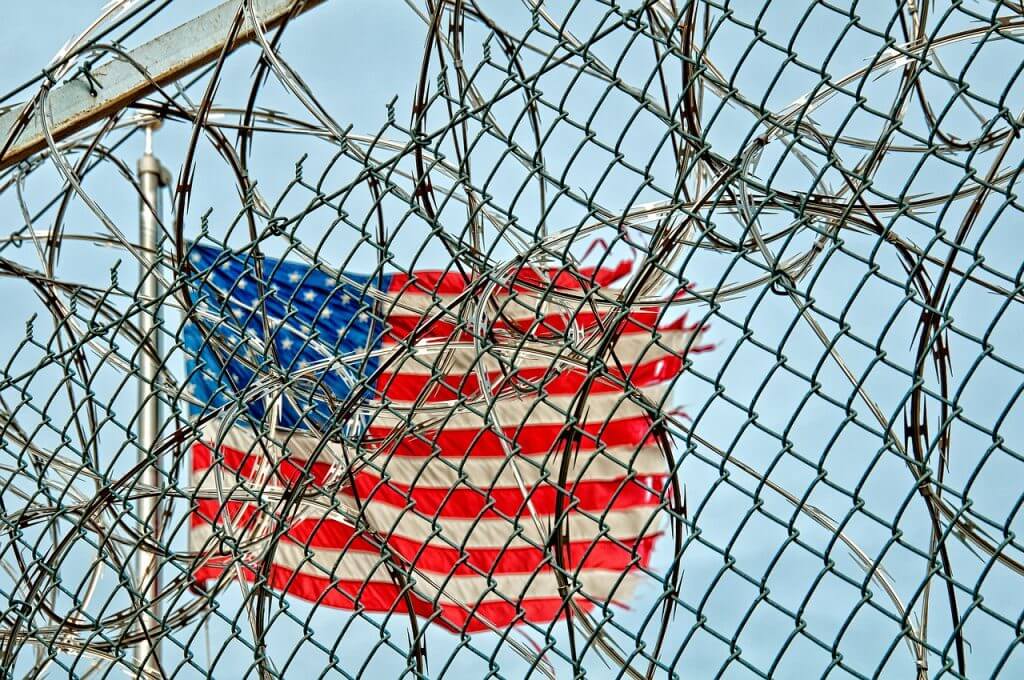Just days ago the federal government announced that it intended to stop its years-long practice of using privately run prisons to house inmates. The plan, explained in a memo that instructs officials to either decline to renew private prison operators’ contracts when they expire or “substantially reduce” the contracts’ scope, plans to phase out privately run prisons in favor of those run by the government. Federal prison are run by the Federal Bureau of Prisons.
Reasons The Government is Phasing Out Privately Run Prisons
The reason, according to Deputy Attorney General Sally Yates, is that privately run facilities do not match up to what the federal government considers to be safe and effective incarceration. “They simply do not provide the same level of correctional services, programs, and resources. They do not save substantially on costs and as noted in a recent report by the Department’s Office of Inspector General, they do not maintain the same level of safety and security.”
The report that Yates was referring to was none other than the damning report released by the Department’s Office of Inspector General, which named numerous violations found in privately run prisons. The report noted that private prisons had substantially more problems with assault and inmate discipline along with certain substandard living conditions, poorer medical care, and greater security concerns.
The memo revealed that the Department of Justice intends to close three of the nation’s 13 private prisons by May 1, 2017. The remainder of the private prisons in use by the federal government after that date will be closed, one by one, in the following five years. The only possible change to that plan, Yates pointed out, would be if “an unexpected need arose in the future” that would alter the government’s need for additional housing for federally convicted prisoners.
That isn’t expected. According to Yates, there was an 800 percent spike in the federal prison population between 1980 and 2013. This sudden and substantial increase in inmates was more than the Department Of Justice could handle and as such, the need for privately run prisons came about. But thanks to changing federal sentencing guidelines along with new policies for how to charge low-level, nonviolent drug offenders, the federal prison population is actually now decreasing.
In the last two years alone, the federal prison population has gone from nearly 220,000 inmates to fewer than 195,000 inmates today. This is a substantial decrease which Yates says will only continue. Added to this is the Obama administration’s’ late-second-term clemency initiatives, which has resulted in a total of 562 commutations granted to nonviolent offenders thus far, with more expected in coming months.
“This is the first step,” Yates explains, ” in the process of reducing—and ultimately ending—our use of privately operated prisons.” While there are social justice advocates that are saying that this is only a drop in the bucket and that the Department Of Justice still has a long way to go, most people have been happily supportive of this proposed change.






